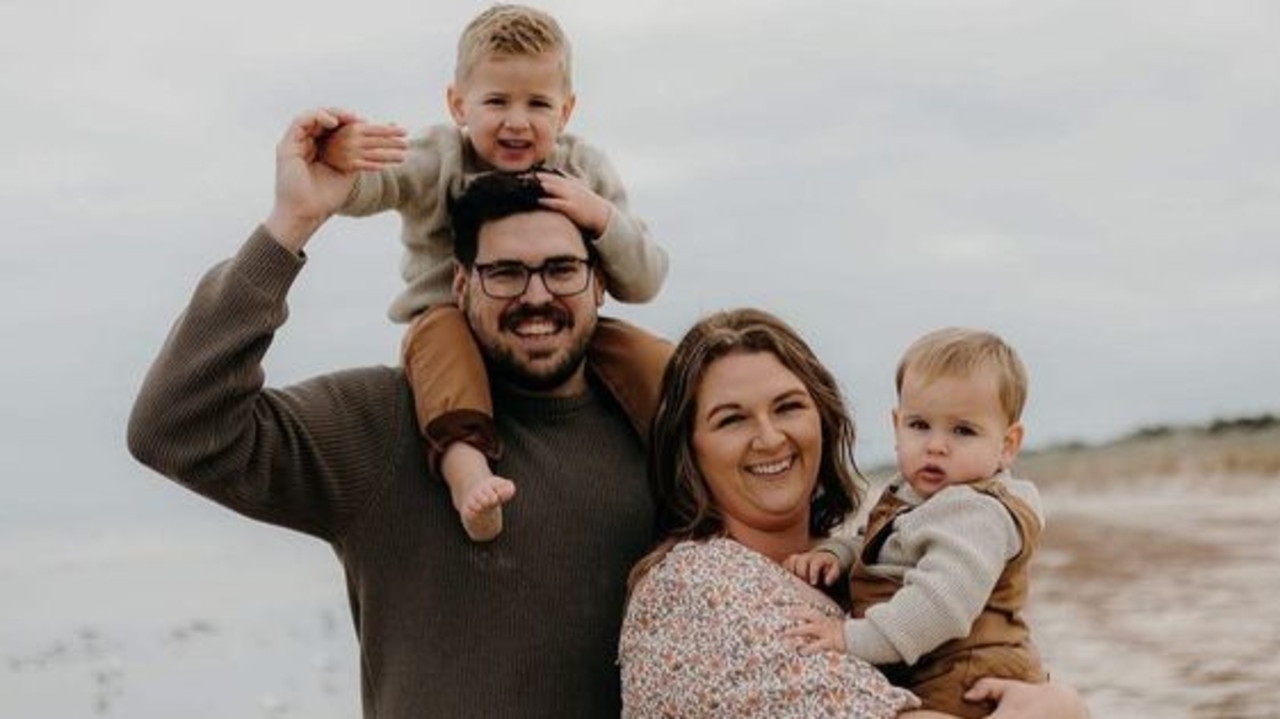Midwife and lecturer Prof Jane Warland shares her personal experience on stillbirth’s lasting heartache
Baby Emma was born perfect in almost every way. Her loving mum shares the permanent hole left in her heart after her baby was tragically lost and the cruel things people say.
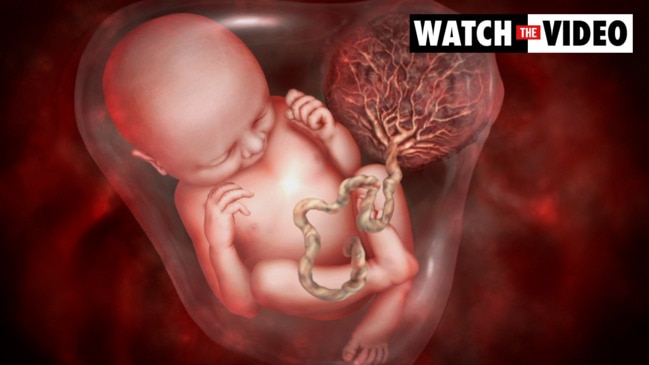
Lifestyle
Don't miss out on the headlines from Lifestyle. Followed categories will be added to My News.
Baby Emma Louise Warland was perfect in every way, from her 10 divine little fingers and toes to her cherubic face.
But the little girl who arrived in the world at a “good birth weight” near term at 38 weeks was born with her eyes closed and without a heartbeat.
It is estimated that on average each day in Australia six babies are stillborn and two die within 28 days of being born.
For the parents of these babies the heartache lasts a lifetime.
It has been almost 32 years since Jane Warland and her husband Mike lost their fourth child, baby Emma, yet the anguish remains.
“I don’t think any mother ever forgets a child,” Associate Professor Warland says, her voice breaking with emotion.
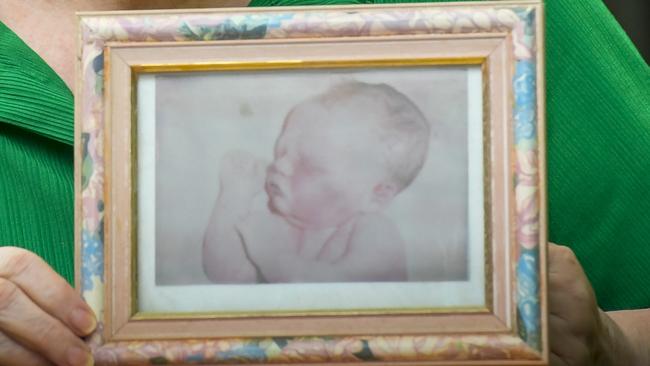
“I guess you can hear it is still a little raw … it is something that you learn to live with rather than get over … I don’t think there are words to describe it.
“I went into labour being unaware that she had died … she didn’t give me any kind of pre-warning that she was in trouble.
“We don’t know why she died; she was perfectly formed, a good birth weight … she looked perfect in every way, apart from the fact she was still.”
Still, Prof Warland, a midwife and lecturer, considers her “extremely traumatic” experience in April 1993 easier than some.
“I was already in established labour when we discovered Emma had no heartbeat … there were none of those questions a lot of people have to face when they learn there is no heartbeat, such as ‘what do we do now, do we have a caesarean section?’,” she says.
“The other thing, because she wasn’t our first baby – she was our fourth – we had the understanding that we could have living children, this is something parents who lose their first baby really fear.”
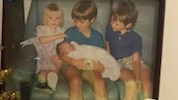
A member of stillbirth awareness charity Still Aware’s consumer advisory board, she says too often stillbirth remains a taboo subject, both at a community and professional level with some care providers fearful they’ll scare a mum-to-be by talking about it.
“This is unhelpful … she needs to be empowered to protect herself and the unborn baby, to know the signs to look out for and to trust in her gut and ‘mum’ instincts,” she says.
She describes as “a complete tragedy” instances where a mother’s concerns have been ignored. “I’ve seen many parents who’ve struggled with self-loathing and blame and ‘if onlys’ … ‘if only I had been stronger in telling my care provider my concerns; if only I had advocated more strongly for my baby; … gone to hospital earlier’,” she says.
While for the Warlands there were no red flags, signs a baby may be unwell can include either a reduction or a sudden increase in a baby’s movements.
Insensitive comments from friends and family can further fuel a parent’s grief – and fracture relationships, she says.
“Things like, ‘Oh well, that mustn’t have meant to be’ and ‘It was only a baby, at least you didn’t get to know it’ … (the parents) knew their baby for however long they were pregnant … they were anticipating a life with their baby where they would predecease the baby,” she says.
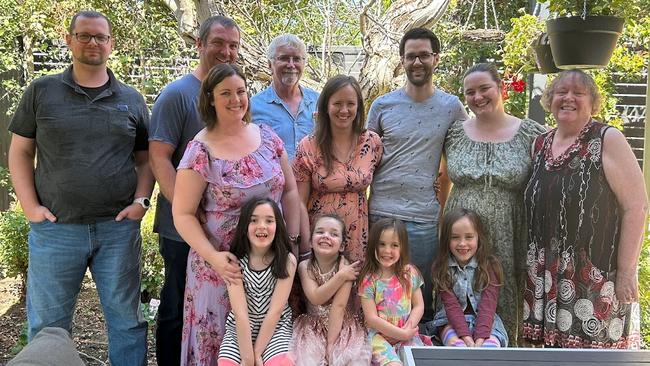
Prof Warland, who now has four adult children and four grandchildren, has spent the years since losing baby Emma advocating for greater awareness and understanding of stillbirth, including writing an educational resource, The Midwife and the Bereaved Family.
She has welcomed a “significant new inquiry aimed at reducing loss and better supporting women and families” now happening in SA.
Prof Warland says despite investment and efforts, the rate of stillbirths in South Australia – as elsewhere across the nation – has increased since 2019.
“My hope is the outcome will be a realisation that there are some pretty straightforward, simple things we can do which will most likely make a significant difference to the stillbirth rate … by mandating (certain) policies and procedures,” she says.
“If we can reduce the rate of stillbirth in this state, it will lead the way for the rest of the country.”
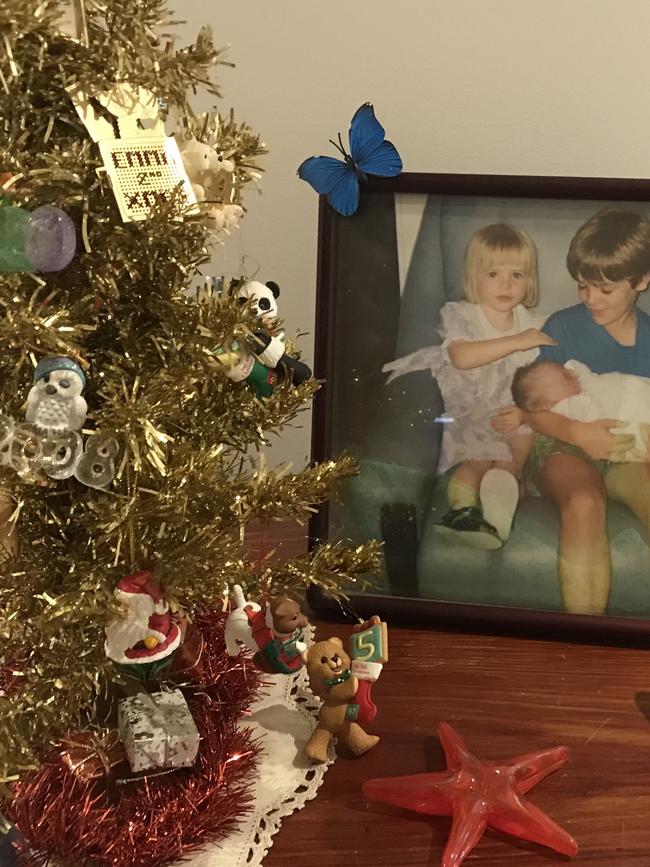
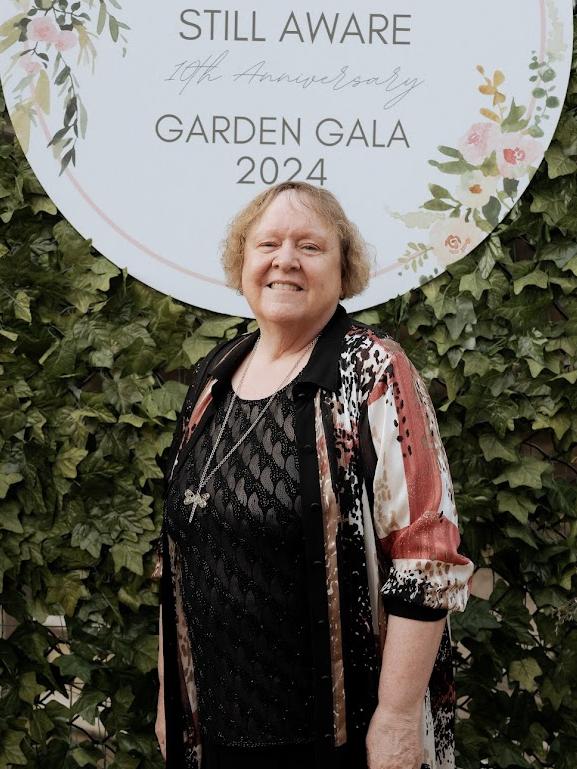
She also wants better training for nurses and other care providers on supporting those who do lose a child to stillbirth.
Baby Emma remains a cherished part of the Warland house, with her family celebrating her birthday each year.
“We also bought a little Christmas tree on what would have been her first Christmas and each year purchase a new ornament for it which we feel like she would like … it’s Emma’s tree,” she says.
Submissions to the Select Committee into Stillbirth in South Australia will be accepted until COB Friday, January 31.




